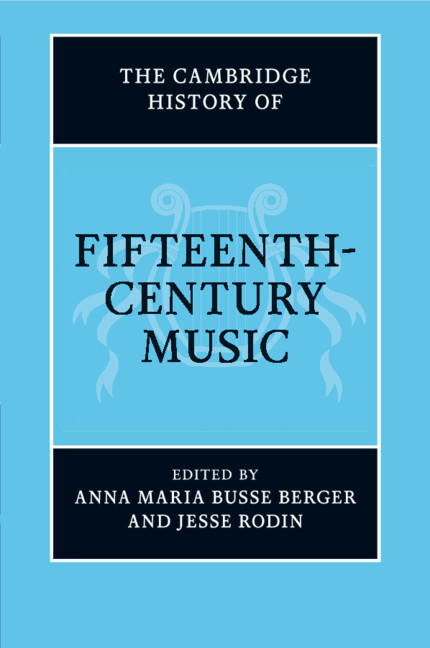The Art of Counterpoint from Du Fay to Josquin
This book transforms our understanding of a fifteenth-century musical revolution. Renaissance composers developed fresh ways of handling musical flow in pursuit of intensifications, unexpected explosions, dramatic pauses, and sudden evaporations. A new esthetics of opposition, as this study calls it, can be contrasted with smoother and less goal-oriented approaches in music from before – and after – the period ca. 1425–1520. Casting wide evidentiary and repertorial nets, the book reinterprets central genres, theoretical concepts, historical documents, famous pieces, and periodizations; a provocative concluding chapter suggests that we moderns have tended to conceal the period's musical poetics by neglecting central evidence. Above all the book introduces an analytical approach sensitive to musical flow and invites new ways of hearing, performing, and thinking about music from Du Fay to Josquin.
- Offers a new framework for thinking about Renaissance music
- Challenges long-held assumptions about performance practice
- Presents a new interpretation of a central music-theoretical concept (varietas)
Reviews & endorsements
'On the cover of this hugely significant book, the singers in Luca della Robbia's marble relief seem to be straining against the constraints of stone, seeking to project passion across the centuries. In the pages that follow, Jesse Rodin lays the groundwork for such a liberation. First, through innovative analysis, he shows how composers from Du Fay to Josquin gave new shape and life to the art of polyphony. Then, in the final chapter, he suggests how modern singers can internalize that organic energy and convey it to audiences. Erudite and urgent in equal measure, investing meticulous scholarship with infectious enthusiasm, Rodin has produced a classic text and set a fresh standard.' Alex Ross, The New Yorker
'Jesse Rodin's long view of a short fifteenth century brings the polyphony vividly to life as few before him have done. In doing so he sets a few hares running, and some cats among the pigeons. His occasionally polemical turn provokes, stimulates, and challenges us to return to the music with fresh ears and minds: a creative irritant in the best sense.' Fabrice Fitch, Royal Conservatoire of Scotland
Product details
December 2024Hardback
9781107184596
392 pages
250 × 176 × 24 mm
0.84kg
Not yet published - available from August 2025
Table of Contents
- Introduction
- Part I. Starting Points:
- 1. An esthetics of opposition that privileges intensification, deintensification, and dramatic arcs-and what came before and after
- 2. A discursive vacuum
- Part II. Tinctoris's Varietas:
- 3. Defining terms
- 4. Varietas as an esthetic paradigm
- 5. Tinctoris knew the repertoire
- 6. Pieces exemplifying varietas
- Part III. Fundaments of the Art:
- 7. The parameters
- 8. Affordances of four- and five-voice texture
- 9. Sacred genres
- 10. The formes fixes
- Part IV. The Art in Action:
- 11. Some songs by Du Fay
- 12. Peaks, valleys, and flow in Ockeghem's sacred music
- 13. Busnoys, Josquin, and the Hurricane Osanna
- 14. Seven awesome endings
- 15. Pater Noster across the esthetic divide
- 16. The art of counterpoint in performance
- Appendices:
- 1. Tinctoris's rules of counterpoint
- 2. Rough guide to the late fifteenth-century cyclic mass
- Bibliography
- Index of Compositions
- General Index.










